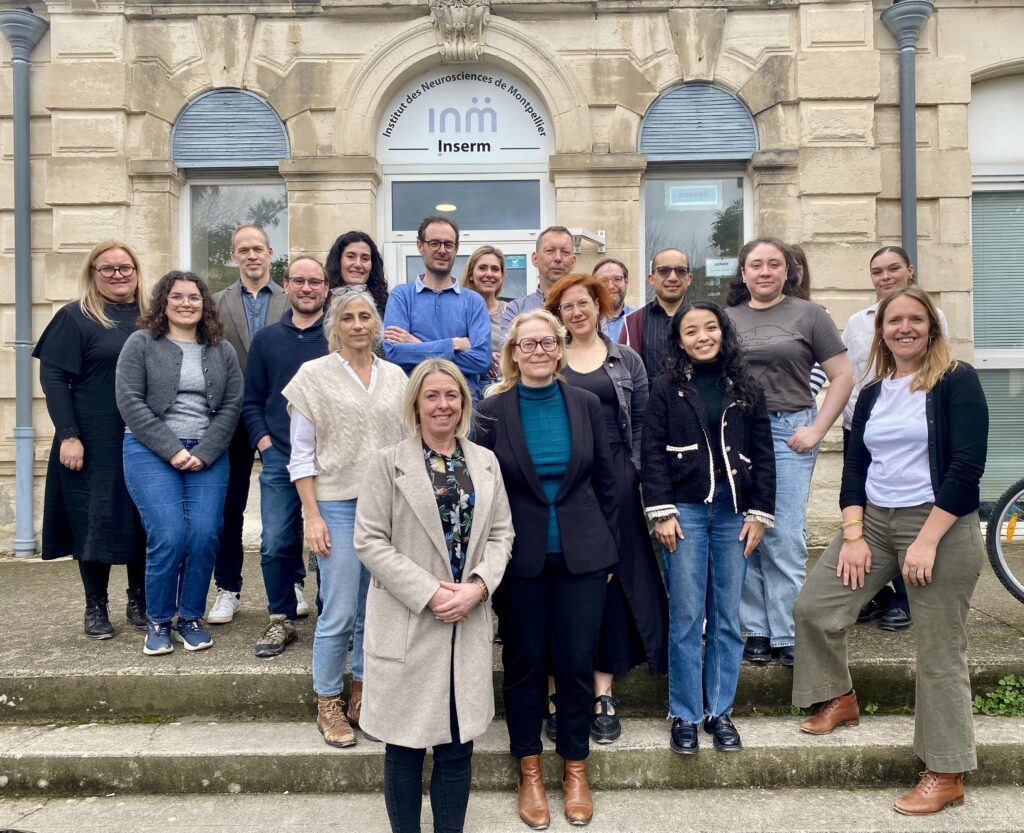- Forschungsspektrum
- Translationale Forschung
- Transversale Translationale Medizin (TTM)
- Operationszentrum für Translationale Medizin (TMOH)
- Büro für Klinisches Projektmanagement (CPMO)
- Zentrum für Klinische und Epidemiologische Untersuchungen (CIEC)
- Luxemburger Zentrum für Klinische und Translationale Forschung (LCTR)
- Integrierte Biobank von Luxemburg (IBBL)
- Disease Modeling & Screening Platform (DMSP)
- Luxgen Genom Zentrum
- Plattform für Forschungspathologie (RPP)
- Forschungsprojekte und klinische Studien
- Unterstützen Sie uns
- Translationale Forschung
News
Physical activity in Luxembourg: how active are we?
Bitte beachten Sie, dass dieser Artikel derzeit nur auf Englisch verfügbar ist. Eine Übersetzung ins Deutsche wird in Kürze verfügbar sein.
03 Februar 2021
4minuten

LIH contributes to the Global Observatory for Physical Activity country reports
On January 27th, the Global Observatory for Physical Activity (GoPA!) released its second round of physical activity country profiles, presenting detailed information on physical activity research, policy and surveillance in 162 countries across the world. The Physical Activity, Sport and Health research group of the LIH Department of Population Health (DoPH) was the point of contact for the 2020 Country Card for Luxembourg, contributing with the data and information generated through past population studies in order to give an overview of the country’s performance in this domain.
According to the 2020 GoPA! Country Card − which in turn is based on the data generated from the national population-based study “ORISCAV-LUX 2” (Observation des Risques et de la Santé Cardiovasculaire au Luxembourg) − the average prevalence of physical activity[1] among the Luxembourg population is 61%, with men resulting slightly more active than women (64% compared to 59%, respectively). This implies that 39% of the population is insufficiently active, which is above the global average of approximately 30%. By way of comparison, only 6% of the population in Tanzania is physically inactive, while this figure reaches 73% in Jordan and other Eastern Mediterranean countries. The Country Card also reported that the total sitting time among the population of the Grand Duchy amounts to 5.1 hours per day, placing the country among the highly sedentary nations worldwide. As for the impact on mortality rates, the percentage of deaths due to physical inactivity reached 9.8% in Luxembourg in 2020, which is higher than the global average of 9%. Globally, physical inactivity accounts for over 5 million deaths per year, ranging from as little as 1.5% of all deaths in countries such as Uganda to up to 17% in Jordan.
In addition, GoPA! also assesses the policy and scientific framework in force in each country with regard to physical activity and public health, looking at indicators such as scientific productivity, the existence of national surveys and monitoring mechanisms, as well as the development of specific public policies. Luxembourg was found to perform well in terms of policy, having put in place several plans such as the national plan „Gesond iessen, Méi bewegen“ (Eat healthy, move more) for 2018-2025, the Global strategy for a sustainable mobility (2012) and the National Therapeutic Sport-Health Programme (2017). Similarly, the country implemented various surveys and instruments to assess physical activity, including ORISCAV-LUX and the European Health Examination Study for Luxembourg (EHES-LUX).
We are glad to have actively contributed to this global census by leveraging the data and insights of previous population studies carried out on the Luxembourg population. Indeed, the goal of our research group and of DoPH in general is to act as a supplier of reliable and informative public health data and participate in global joint efforts and initiatives to improve public health worldwide
says Dr Laurent Malisoux, Group Leader of the Physical Activity, Sport and Health research group and contributor to the GoPA! Country Card for Luxembourg.
„In the current COVID-19 context in particular, GoPA’s work shows how crucial physical activity is to counteract the negative health effects of what we now refer to as ‘physical inactivity pandemic’, as well as the importance of actively promoting, monitoring and encouraging an active lifestyle through effective policy initiatives. This requires tight cooperation between scientists, policymakers and national and international physical activity societies. In this respect, the Country Cards act as a useful evaluation and advocacy tool supporting governments, researchers and society in improving public health„, he concludes.
The 2020 Luxembourg fact sheet is available here.
[1] Physical activity is defined as the performance of either at least 150 hours a week of moderately-intense exercise, or 75 minutes a week of vigorous aerobic exercise, or an equivalent combination of both.
CONTACT








